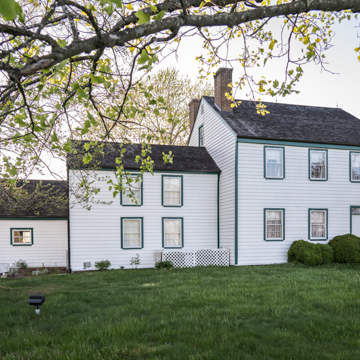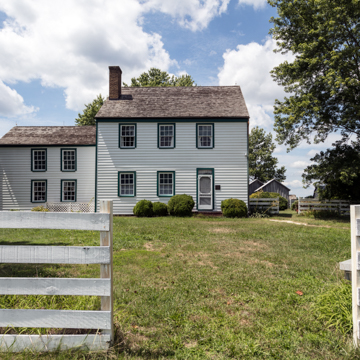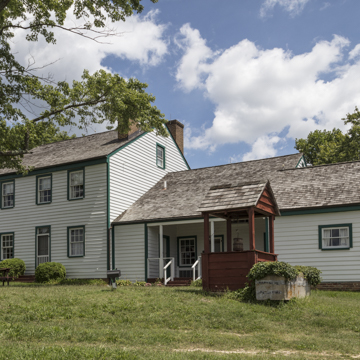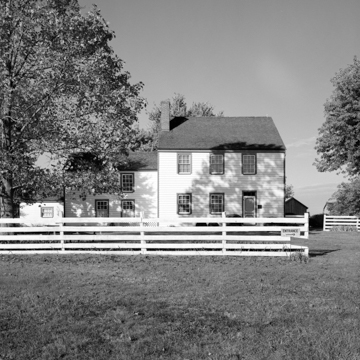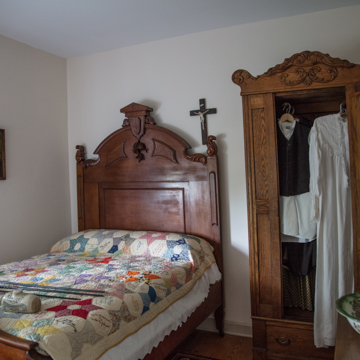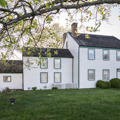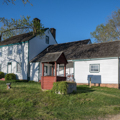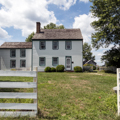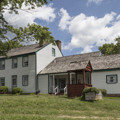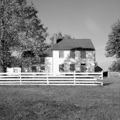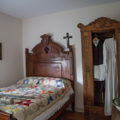This mid-nineteenth-century frame farmhouse has been preserved as a house museum due to its association with physician Samuel Mudd, who was convicted as a co-conspirator in the Lincoln assassination for setting John Wilkes Booth’s broken leg when he fled through southern Maryland. Two sections of the structure were extant in Mudd’s time—a two-story, three-bay main block and a lower two-story, two-bay side wing. A third section was added in the early twentieth century to create its distinctive telescoping form, as were porches and cross gables, which have since been removed. Mudd was sentenced to prison at Fort Jefferson in the Dry Tortugas and pardoned in 1869 after his heroic efforts during a yellow fever outbreak.
You are here
DR. SAMUEL A. MUDD HOUSE
If SAH Archipedia has been useful to you, please consider supporting it.
SAH Archipedia tells the story of the United States through its buildings, landscapes, and cities. This freely available resource empowers the public with authoritative knowledge that deepens their understanding and appreciation of the built environment. But the Society of Architectural Historians, which created SAH Archipedia with University of Virginia Press, needs your support to maintain the high-caliber research, writing, photography, cartography, editing, design, and programming that make SAH Archipedia a trusted online resource available to all who value the history of place, heritage tourism, and learning.















